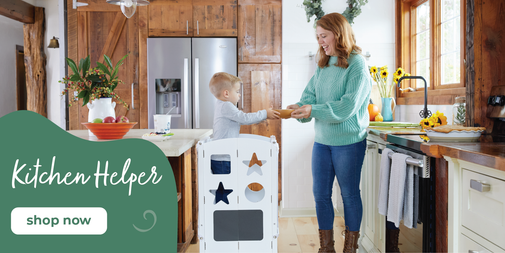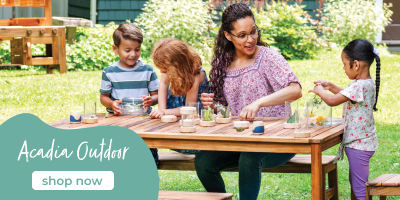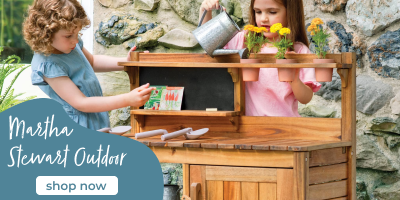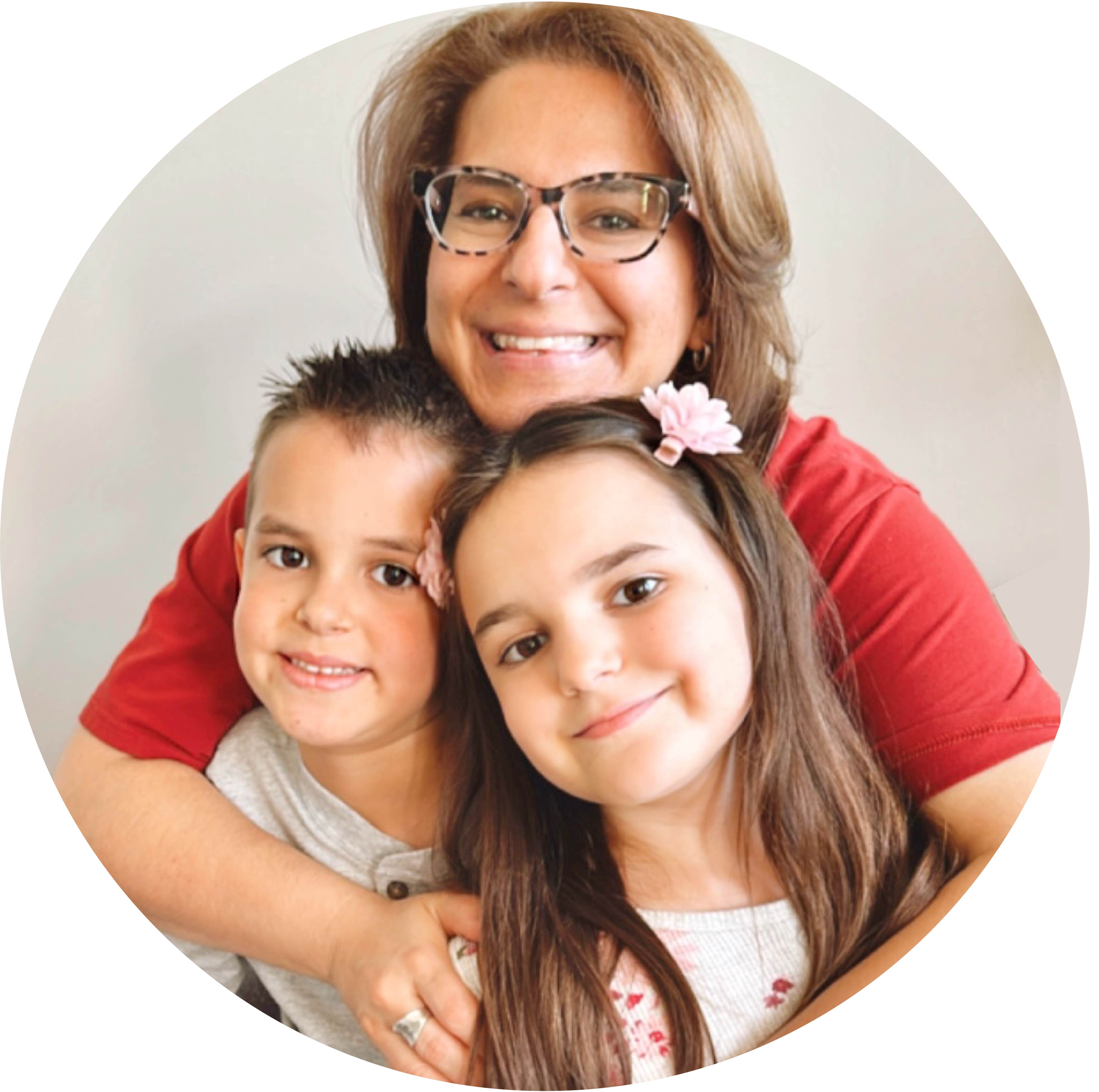How to Organize and Declutter Your Playroom or Homeschool Space
It's a new year and that means it's a good time to go through your space, organize, and declutter! An organized and clutter-free room allows everyone to easily find what they're looking for and creates an inviting space.
An easy way to get organized, is to break your space up into common zones or areas of play. By doing so, everything in the space has a home and both you and your children know where to find things and where to return them. The other benefit to breaking your space into zones of play, is that you can easily take stock of what materials you have. It's important to remove outgrown materials periodically, and only keep materials that are relevant to your child's current interests and developmental needs.
I divide my space into the following play zones:
- Reading Area
- Work or Study Area
- Sensory Play Area
- Art Area
- Learning Area
Read more to see how I set up each play zone in our homeschool space and my approach to keeping them organized and clutter free!
1. Reading Area:
In a reading area, you need book storage and an inviting place where kids can sit and read. A storage bench with deep storage organizers and bins provides comfortable seating and plenty of space for books, magazines and even quiet time activities like puzzles. What you choose to store in these bins will evolve with your children's needs. We've used them for library books, curriculum materials, games and toys.

As a homeschool family, we have a large collection of books that we've amassed through the years, and I've always found that an area with books and a seat invites the kids right in. Since picture books and most books have lovely covers, displaying them front-facing is a great way to add an artistic display to your reading area, while making it more likely that your child will be drawn to the books.

2. Work or Study Area:
Having a desk of their own offers your child a space where they can read, do school work, or retreat for quiet time.
When considering what is needed in this work area, think about how your child will use the space. Shelving or drawers provide a space for paper and supplies such as pencils, markers, notebooks or journals. A corkboard can display artwork, photos of loved ones, inspirational quotes or unit study materials. A hutch above the desk provides a shelf area for displaying materials of interest, crafted creations, block builds, or even a plant.

My kids love to work together and would often pull their chair over to one another's desk to create or play collaboratively. I combined their desks by placing them next to one another, which also allows me to use this area for themed unit studies with related books, art and sensory play activities.

3. Sensory Play Area:

The kids enjoy sensory play and I like to include hands on, visual and tactile elements in our studies. We often pair sensory play setups with our homeschool lessons and especially with our science studies. I wanted a place to keep our science units organized, while housing our sensory bases, figurines and toys.
I chose the EdQ Book and Bin Browser shelf for this area. This unit not only displays our books front facing, but also has bins with label holders for organizing our sensory materials and figurines. You can write, print, draw or use stickers to indicate what each bin is holding. Bins with labels also makes it easier for your children to cleanup since they know where everything goes.

4. Art Area:
Having a place that displays, holds and allow us to sort our art supplies is so helpful. Using a cabinet as a one stop shop to hold extra or miscellaneous supplies is great because you can keep them out of sight while knowing exactly where they are.

I never realized how helpful a drying rack cabinet would be until I found the Martha Stewart Crafting Kids' Art Storage with Drying Racks, and now I can't imagine our space without it. As a family that crafts and makes art almost daily, having a place to hold all of those wet projects until they dry is so helpful. I even like to use the top rack for art project trays I want to get to through the course of the year and use the bottom shelf to house paint trays that the kids can grab for painting projects.

A cubby with removable bins is so helpful for storing dot markers, paint sticks and puffy paint along with our larger jars of paint. We can just grab the bins to bring over to the art table and easily have a place to store them.

Our paper tray has shelves that slide out, which makes it easy for the kids to access the craft foam sheets and return extra sheets. We use the side slot to hold all of our construction paper and the bottom shelf space to hold our mixed media and watercolor paint pads.

A kid-friendly tape dispenser for all of our washi tape and masking tape makes it easy for the kids to independently select what they need for their projects. We keep the smaller rolls in the drawer and I love that I don't have to go digging around in a closet when we need extras, since everything is right there.

For smaller spaces, a rotating display can be used as an invitation to a craft shelf; you can set out a variety of crafting invitations and materials on each shelf so that your children can spin and find something to work on.

5. Learning Area:

Having designated shelves for learning materials and age or subject-related resources helps to keep track of what materials you have, so you can easily pull things together to set up activities or lessons. Use bookshelves to sort books, puzzles and supplemental materials.
Bins help keep loose materials such as ribbons, yarn, papers, puzzles and shape, letter or number blocks sorted while keeping the clutter out of sight.

In our space, we use two kids' art tables placed back-to-back to provide a group work area without taking up too much room. The long drawers provide plenty of space for coloring pencils, markers, scissors, rulers and paper, while the side paper roll makes it convenient to do large-scale art projects or lessons.

Removable caddies with compartments are helpful for keeping all of your frequently used materials organized and at hand. The kids can remove any section that they need from the main tray and easily transport their markers, crayons or colored pencils to another area in the room or house.















